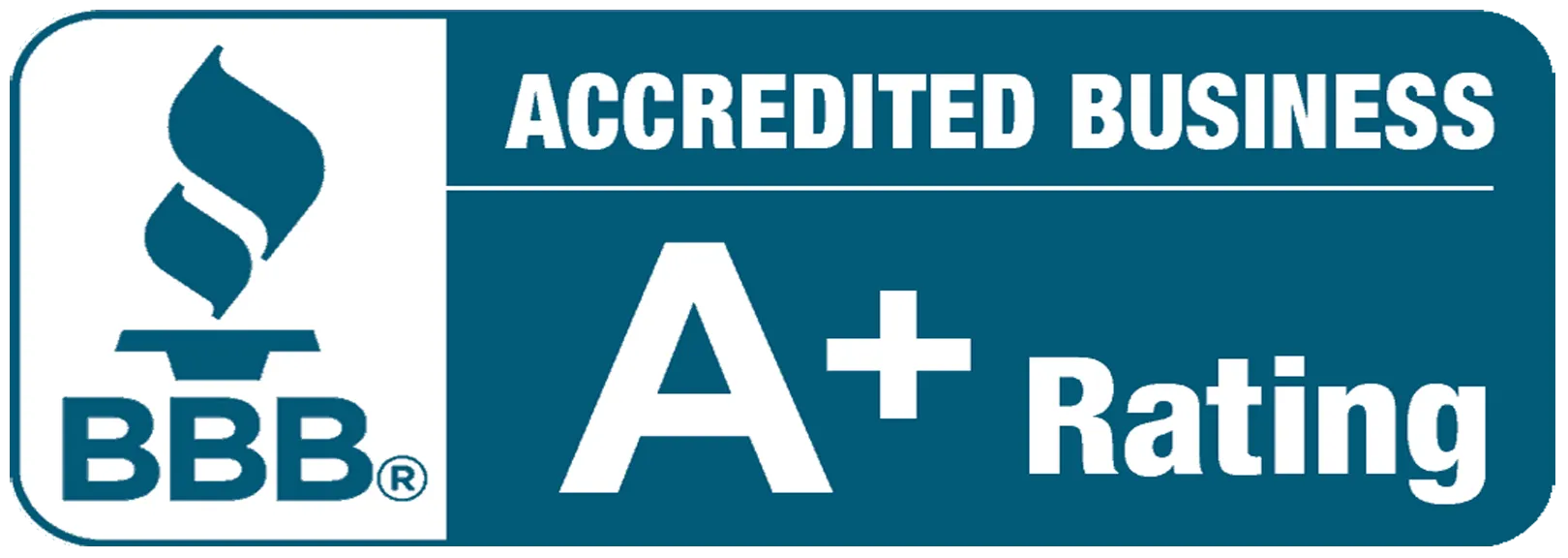Selling a house can be a daunting and stressful process, especially if you need to do it quickly. With the current real estate market being as competitive as it is, understanding the right steps to take can make all the difference.
Whether you’re downsizing, relocating, or simply want to avoid the extended wait times that often accompany traditional home sales, this guide will provide you with the essential steps to sell your house fast.
In this blog post, we will explore everything from preparing your home for the market to setting the right price, marketing effectively, and navigating the final sale. By the end of this guide, you’ll have a comprehensive understanding of how to expedite the selling process while maximizing your home’s value. Let’s dive in!

Step 1: Preparing Your House
Enhance Curb Appeal
First impressions matter, especially when it comes to selling your home. Enhancing your home’s curb appeal can attract more potential buyers and set the tone for what they can expect inside.
Start by ensuring your lawn is well-maintained. Mow the grass, trim the hedges, and plant colorful flowers to create an inviting atmosphere. A fresh coat of paint on the front door and clean windows can also make a significant difference.
Don’t forget about the driveway and walkways. Power wash any grime or stains and make sure these areas are free of debris. Small touches like a new mailbox or house numbers can also add to the overall appeal.
Declutter and Stage Your Home
A cluttered home can turn off potential buyers. Take time to declutter each room, removing personal items and unnecessary furniture. This will make your home appear more spacious and allow buyers to envision themselves living there.
Staging your home is another critical step. Consider hiring a professional stager who can arrange furniture and decor to highlight your home’s best features. If hiring a professional isn’t in your budget, you can do it yourself by rearranging furniture to create an open and welcoming environment.
Lastly, deep clean your home from top to bottom. A spotless home not only looks better but also gives the impression that the property has been well-maintained.
Step 2: Setting the Right Price
Conduct a Comparative Market Analysis
Setting the right price is crucial for selling your house fast. Overpricing can deter potential buyers, while underpricing can leave money on the table. A comparative market analysis (CMA) can help you determine a competitive price for your home.
A CMA involves comparing your home to similar properties that have recently sold in your area. Look at factors like the size, condition, location, and amenities of these homes to get an accurate estimate of your home’s value.
You can conduct a CMA yourself using online tools or hire a real estate agent to do it for you. An agent will have access to detailed market data and can provide a more precise valuation.
Price Your Home Competitively
Once you have a clear understanding of your home’s value, it’s time to set a competitive price. Pricing your home slightly below market value can generate more interest and potentially lead to multiple offers, which can drive up the final sale price.
Consider the current market conditions when setting your price. In a seller’s market, where demand is high and inventory is low, you may be able to price your home more aggressively. In a buyer’s market, where there are more homes for sale than buyers, you may need to be more conservative with your pricing.
Remember, the goal is to attract serious buyers quickly. Be prepared to adjust your price if your home isn’t receiving the attention you hoped for.

Step 3: Marketing Your Home
Utilize Online Marketing Channels
In today’s digital age, online marketing is essential for selling your home fast. Start by listing your home on popular real estate websites like Zillow, Realtor.com, and Redfin. These platforms reach millions of potential buyers and allow you to showcase your home with detailed descriptions and high-quality photos.
Social media is another powerful tool for marketing your home. Share your listing on Facebook, Instagram, and Twitter to reach a broader audience. You can also join local real estate groups or community pages to connect with potential buyers in your area.
Consider creating a dedicated website or landing page for your home. This allows you to provide additional information, photos, and virtual tours, making it easier for buyers to fall in love with your property.
Professional Photography and Virtual Tours
High-quality photos are crucial for making a strong first impression online. Hiring a professional photographer can ensure your home is presented in the best possible light. They have the skills and equipment to capture stunning images that highlight your home’s unique features.
In addition to photos, consider offering virtual tours. Virtual tours provide an immersive experience, allowing potential buyers to explore your home from the comfort of their own devices. This can be especially beneficial for out-of-town buyers or those with busy schedules.
A well-executed virtual tour can set your listing apart from the competition and attract more serious inquiries.
Step 4: Navigating the Selling Process
Understand the Legal Steps
Selling a home involves several legal steps, and it’s essential to understand the process to avoid any complications. Start by gathering all necessary documents, including the deed, title report, and any relevant permits or warranties.
Consider hiring a real estate attorney to help navigate the legal aspects of the sale. They can review contracts, handle negotiations, and ensure all paperwork is in order. While this may be an additional expense, it can provide peace of mind and prevent costly mistakes.
Be prepared for the inspection and appraisal processes as well. Address any necessary repairs beforehand and have your home in top condition to ensure a smooth transaction.
Negotiating Offers and Closing the Sale
Once you receive offers, it’s time to negotiate. Be open to counteroffers and try to find a middle ground that works for both parties. Remember, the goal is to reach an agreement that satisfies everyone involved.
Review each offer carefully, considering not only the price but also the terms and conditions. Factors like the closing date, contingencies, and buyer’s financing can impact the sale. Work closely with your real estate agent or attorney to evaluate each offer and make informed decisions.
Once you’ve accepted an offer, it’s time to move towards closing. This involves finalizing the paperwork, transferring the title, and handing over the keys. Ensure all necessary funds are in place and that both parties fulfill their obligations for a seamless closing process.
Conclusion
Selling your house fast doesn’t have to be an overwhelming experience. By following these essential steps, you can streamline the process and achieve a successful sale. From preparing your home and setting the right price to marketing effectively and navigating the legal steps, each action you take brings you closer to your goal.
Remember, the key to a quick sale is preparation and strategy. Take the time to enhance your home’s appeal, price it competitively, and leverage modern marketing techniques. By doing so, you’ll attract serious buyers and increase your chances of a swift and profitable sale.
Ready to get started? Begin implementing these steps today, and watch as your house sells faster than you ever imagined! For more tips and resources on home selling, stay tuned to our blog and connect with our team of real estate experts.


